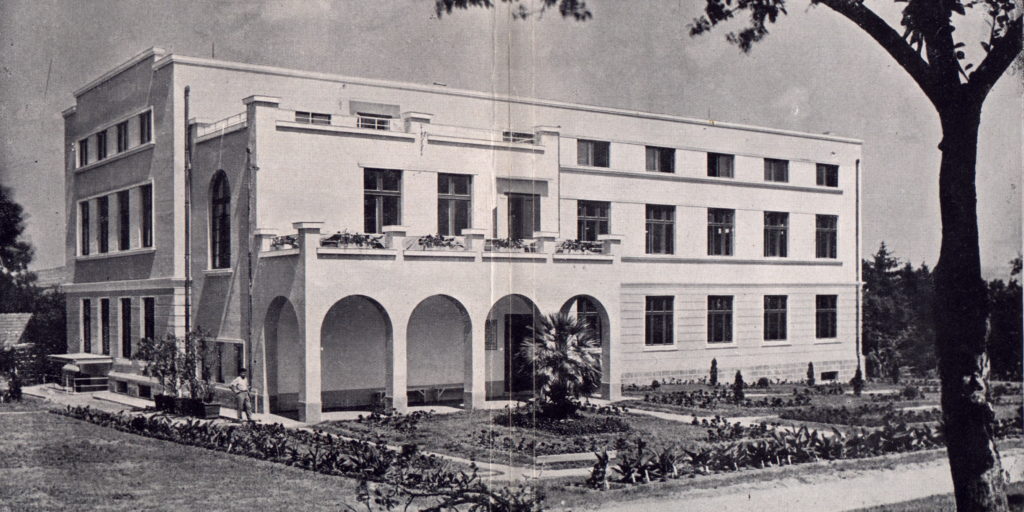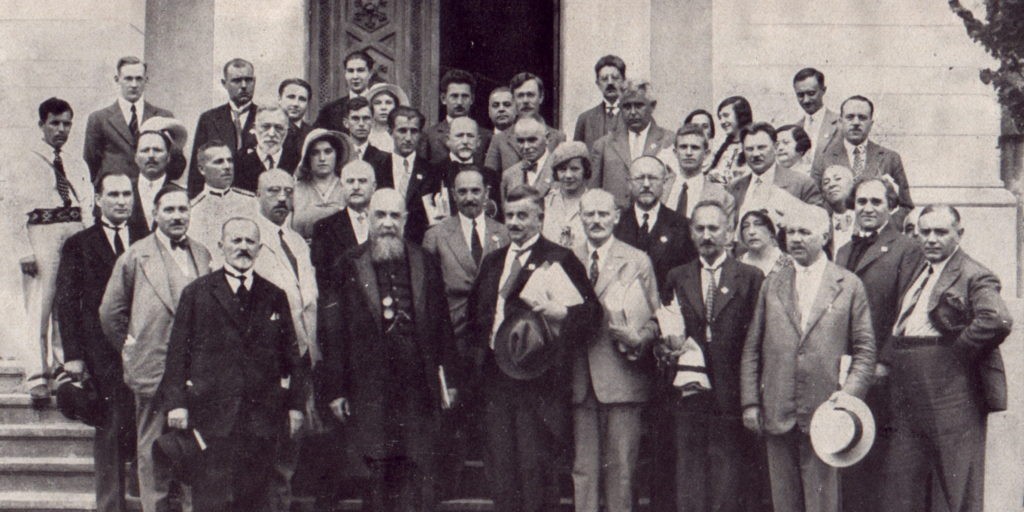A brief historical overview

The first botanic garden in Cluj was already operational at the beginning of the 19th century, located next to the Reformed College (between the current Mihail Kogălniceanu and Avram Iancu streets). It featured outdoor and greenhouse plant collections, being organized and financially supported by amateur botanist Wolfgang Cserey, who also launched the idea of establishing a national botanic garden in Cluj.
But the first academic botanic garden of the city, the precursor of the present one, is connected to the founding of the Transylvanian Museum Society (1859) and the establishment of Franz Joseph University in Cluj (1872). It was designed by professor August Kanitz on the site donated by count Mikó (the park area on 5-7 Clinicilor Street). After 1900, professor Aladár Richter managed to purchase a nine-hectare plot of gardens and orchards in the southern part of the city (the current location of the botanic garden) in order to create a new botanic garden. But the development of the botanic garden on this new site was greatly affected by the start of World War I.

From 1919, with the establishment of Dacia Superior University, Prof. Alexandru Borza was entrusted with the mission of completing the organization of this new botanic garden, which was subordinated to the university (today’s Babeș-Bolyai University). He extended its surface to 14 ha and resorted to the latest scientific concepts when planning its design. Thus, the principles of plant phylogeny and phytogeography were harmonized with the principles of ecology, artistic refinement and requirements of public education.

This new garden was officially opened for visitors on 25 June 1925, when most of the present facilities were already in place. Later, between 1930 and 1935, the building of the Botanic Institute was added (officially inaugurated in 1937 in the presence of His Majesty King Carol II), which now houses the Botanic Museum and the largest herbarium in Romania.

The period 1940-1945 is known as the retreat in Timișoara, during which the management of the garden was taken over by the newly established authorities following the Vienna Arbitration.
After World War II, the large Greenhouse Complex was built (1957-1960), the alleys were reconstructed and there was a constant interest in the maintenance, improvement and modernization of the facilities, the addition of new ones, all being designed to ensure the proper functioning of this institute for plant preservation and research, teaching and education.
Thus, A. Borza Botanic Garden has managed to preserve and enhance its national and international prestige in the academic environment, while remaining one of the most beloved and visited institutions of this kind in Romania. Its over 200,000 visitors who come here each year to admire one of the richest plant collections available to the wider public in this part of Europe is the proof of that.